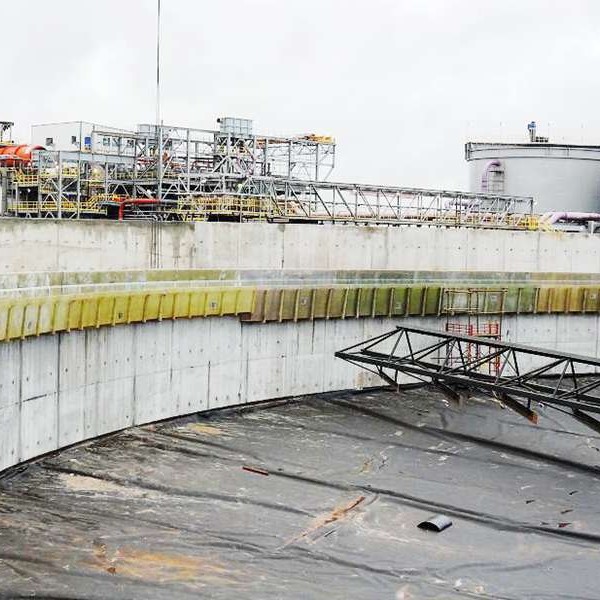
-
 Afrikaans
Afrikaans -
 Albanian
Albanian -
 Amharic
Amharic -
 Arabic
Arabic -
 Armenian
Armenian -
 Azerbaijani
Azerbaijani -
 Basque
Basque -
 Belarusian
Belarusian -
 Bengali
Bengali -
 Bosnian
Bosnian -
 Bulgarian
Bulgarian -
 Catalan
Catalan -
 Cebuano
Cebuano -
 China
China -
 China (Taiwan)
China (Taiwan) -
 Corsican
Corsican -
 Croatian
Croatian -
 Czech
Czech -
 Danish
Danish -
 Dutch
Dutch -
 English
English -
 Esperanto
Esperanto -
 Estonian
Estonian -
 Finnish
Finnish -
 French
French -
 Frisian
Frisian -
 Galician
Galician -
 Georgian
Georgian -
 German
German -
 Greek
Greek -
 Gujarati
Gujarati -
 Haitian Creole
Haitian Creole -
 hausa
hausa -
 hawaiian
hawaiian -
 Hebrew
Hebrew -
 Hindi
Hindi -
 Miao
Miao -
 Hungarian
Hungarian -
 Icelandic
Icelandic -
 igbo
igbo -
 Indonesian
Indonesian -
 irish
irish -
 Italian
Italian -
 Japanese
Japanese -
 Javanese
Javanese -
 Kannada
Kannada -
 kazakh
kazakh -
 Khmer
Khmer -
 Rwandese
Rwandese -
 Korean
Korean -
 Kurdish
Kurdish -
 Kyrgyz
Kyrgyz -
 Lao
Lao -
 Latin
Latin -
 Latvian
Latvian -
 Lithuanian
Lithuanian -
 Luxembourgish
Luxembourgish -
 Macedonian
Macedonian -
 Malgashi
Malgashi -
 Malay
Malay -
 Malayalam
Malayalam -
 Maltese
Maltese -
 Maori
Maori -
 Marathi
Marathi -
 Mongolian
Mongolian -
 Myanmar
Myanmar -
 Nepali
Nepali -
 Norwegian
Norwegian -
 Norwegian
Norwegian -
 Occitan
Occitan -
 Pashto
Pashto -
 Persian
Persian -
 Polish
Polish -
 Portuguese
Portuguese -
 Punjabi
Punjabi -
 Romanian
Romanian -
 Russian
Russian -
 Samoan
Samoan -
 Scottish Gaelic
Scottish Gaelic -
 Serbian
Serbian -
 Sesotho
Sesotho -
 Shona
Shona -
 Sindhi
Sindhi -
 Sinhala
Sinhala -
 Slovak
Slovak -
 Slovenian
Slovenian -
 Somali
Somali -
 Spanish
Spanish -
 Sundanese
Sundanese -
 Swahili
Swahili -
 Swedish
Swedish -
 Tagalog
Tagalog -
 Tajik
Tajik -
 Tamil
Tamil -
 Tatar
Tatar -
 Telugu
Telugu -
 Thai
Thai -
 Turkish
Turkish -
 Turkmen
Turkmen -
 Ukrainian
Ukrainian -
 Urdu
Urdu -
 Uighur
Uighur -
 Uzbek
Uzbek -
 Vietnamese
Vietnamese -
 Welsh
Welsh -
 Bantu
Bantu -
 Yiddish
Yiddish -
 Yoruba
Yoruba -
 Zulu
Zulu
Durable Fiberglass Sand Pipe for Efficient Water Transportation Solutions
Exploring the Advantages of Fiberglass Sand Pipes
In modern infrastructure, material selection plays a crucial role in ensuring longevity, efficiency, and sustainability. One such innovation that has gained significant traction in recent years is fiberglass sand pipe. Combining the unique properties of fiberglass with the robust capabilities of sand, these pipes have become a preferred choice in various applications, including sewage and stormwater management, irrigation systems, and industrial processes.
What are Fiberglass Sand Pipes?
Fiberglass sand pipes are composite materials formed from a blend of fiberglass and sand. The use of fiberglass lends the pipes exceptional strength and flexibility, while the sand component introduces a natural weight while enhancing durability. This combination results in a product that can withstand harsh environmental conditions, resist corrosion, and offer a longer lifespan compared to traditional materials like concrete or metal.
Key Benefits of Fiberglass Sand Pipes
1. Corrosion Resistance One of the most significant advantages of fiberglass sand pipes is their resistance to corrosion. Unlike metal pipes, which can rust over time when exposed to moisture, fiberglass is impervious to many corrosive substances. This feature makes fiberglass sand pipes ideal for transporting chemicals, wastewater, and other challenging materials without fear of deterioration.
2. High Strength-to-Weight Ratio The incorporation of fiberglass provides these pipes with an excellent strength-to-weight ratio. This quality not only facilitates easier handling and installation but also reduces the overall load on infrastructure. Consequently, less robust supporting structures are needed, leading to lower construction and maintenance costs.
fiberglass sand pipe

3. Low Thermal Conductivity Fiberglass has low thermal conductivity, which means that it can help minimize heat loss or gain within the systems it serves. This property is particularly beneficial for applications requiring temperature-sensitive transport, such as certain agricultural processes or industrial applications.
4. Flexibility and Adaptability Fiberglass sand pipes can be designed to meet various specifications and can be adapted to fit numerous project requirements. They can be manufactured in different diameters, lengths, and design configurations, making them suitable for a wide range of applications.
5. Environmentally Friendly With growing concerns over environmental degradation, fiberglass sand pipes offer a more sustainable option. They are often made from recycled materials, and their durability means they need to be replaced less frequently than traditional alternatives, reducing waste.
Applications in Various Industries
The versatility of fiberglass sand pipes has led to their adoption across numerous sectors. In the agricultural industry, they are commonly used for irrigation systems, delivering water efficiently while minimizing leakage and pressure losses. In civil engineering, they serve as effective solutions for stormwater drainage and sewage systems due to their superior strength and corrosion resistance. Furthermore, in the industrial sector, they can be utilized for transporting various chemical substances without compromising their integrity.
Conclusion
As industries continue to seek innovative solutions that combine functionality, sustainability, and cost-effectiveness, fiberglass sand pipes stand out as a superior choice. Their unique properties address many of the challenges presented by traditional pipe materials, paving the way for a future where infrastructure can be both resilient and environmentally responsible. Embracing the use of fiberglass sand pipes not only enhances operational efficiency but also aligns with the principles of sustainable development, making them a valuable addition to modern engineering practices.
Latest news
-
Exploring the Benefits of Top Hammer Drifter Rods for Enhanced Drilling PerformanceNewsJun.10,2025
-
High-Precision Fiberglass Winding Machine for GRP/FRP Pipe Production – Reliable & Efficient SolutionsNewsJun.10,2025
-
FRP Pipes & Fittings for Shipbuilding - Corrosion-Resistant & LightweightNewsJun.09,2025
-
Premium FRP Flooring Solutions Durable & Slip-ResistantNewsJun.09,2025
-
Premium Fiberglass Rectangular Tanks Durable & Lightweight SolutionNewsJun.09,2025
-
Tapered Drill String Design Guide Durable Performance & UsesNewsJun.09,2025









